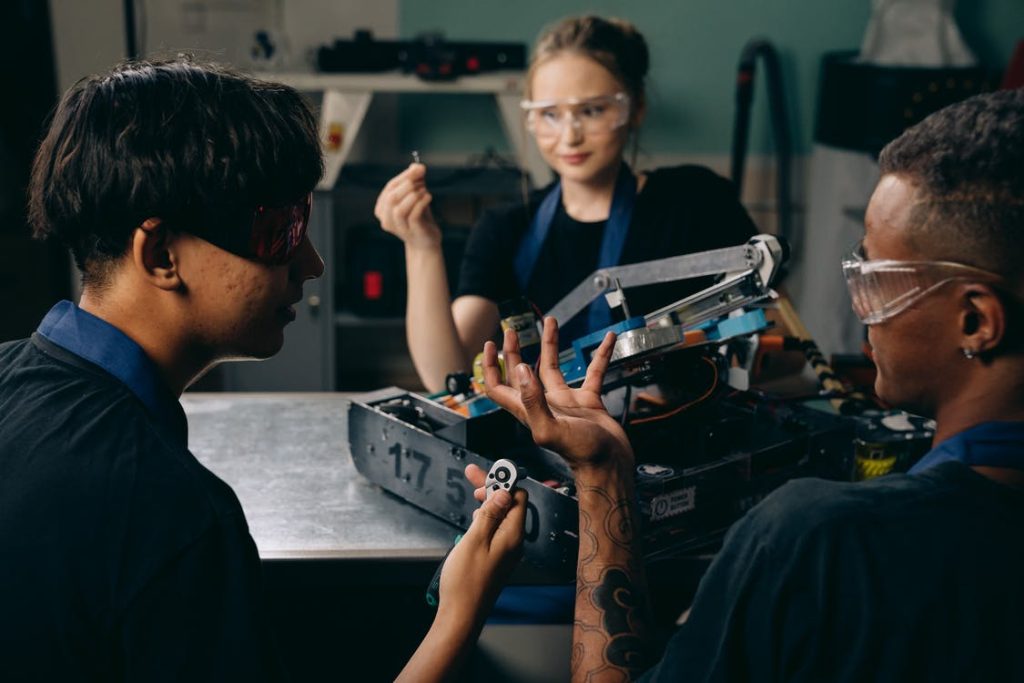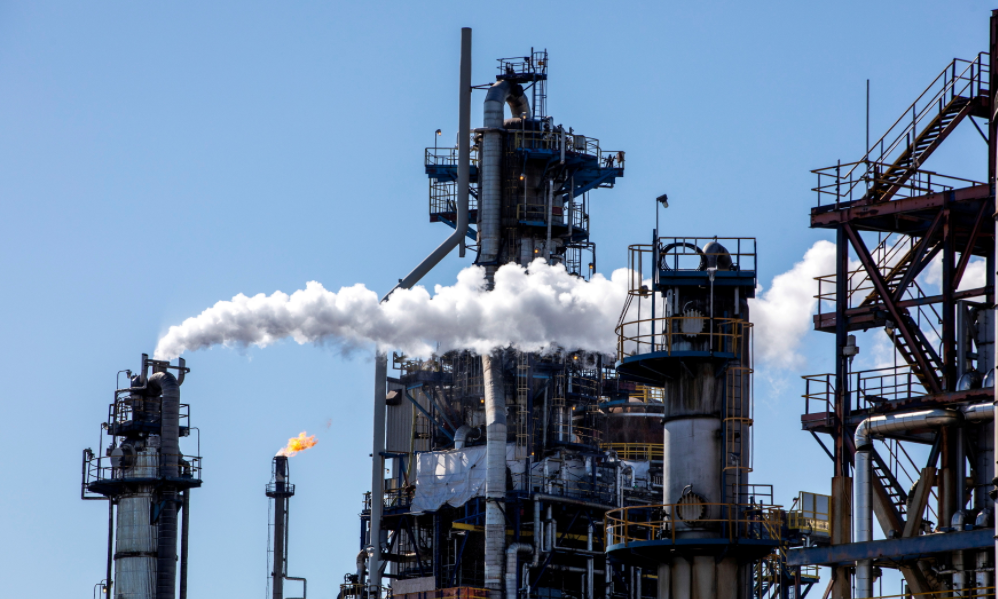
Oil is what drives the world forward. The main reason for this claim is that it supports probably the most significant aspect out there, transportation. Just think about, if the transportation was made impossible due to the lack of oil, the merchandise couldn’t reach the stores near your home.
Not to mention that trading between countries would be significantly harder. So, you can see how crucial it is for the further growth of human civilization. Sure, there’s a chance we can have renewable fuel in the future, but we will have to wait for it a little bit longer.
Also, there are many talks about green gas, which is now a possibility. Therefore, it is important to read more on this topic. But it cannot cover all the needs that industries that use oil have. Many make the mistake that the oil itself can be used without any changes made in between. In reality, there are many derivatives of oil.
For instance, gasoline is one of them. For people to be able to get gasoline in their vehicle, the oil needs to go through the process that’s responsible for the gasoline production. Today, we would like to provide you with a couple of tips that can help you understand the gasoline manufacturing process better.
Table of Contents
1. The Refining Process
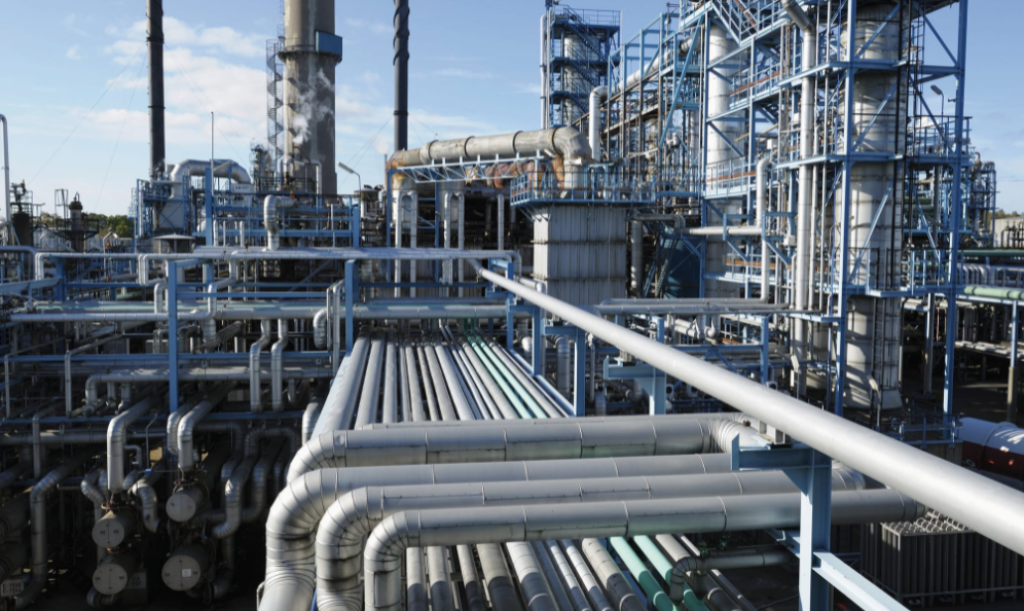
Source: pinterest.com
For those who do not know, all the crude oil byproducts and fossil fuels consist of numerous hydrocarbons. But this is not all, because there are many sub-categories of these. They can be light or heavy. Plus, there are straight chains and loops. All these categories play a crucial role in refining.
It’s because these categories have a crucial say in the sort of byproducts that can be created. Those who are experienced in this subject know that diesel has roughly 75% alkane hydrocarbons. At the same time, it lacks some other categories, which are, again, present in some other derivatives.
Refining is a procedure that makes determines these percentages and types. Plus, it prepares the liquid for the creation of various derivatives. Ultimately, the byproducts are created. To be precise, refining is the process of breaking up all the hydrocarbon chains and creating those that are needed.
2. Inserting Additives
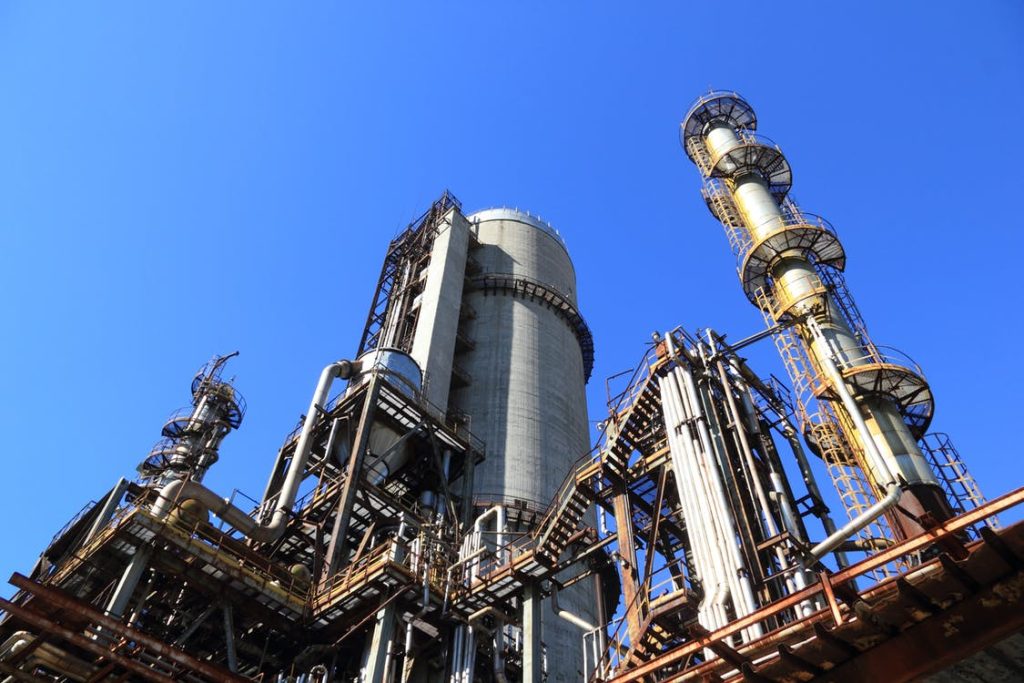
Source: pexels.com
After the crude oil is produced, the next step is to add additives to make it ready for consumption. Of course, there are many standards regarding which additives and how many of them should be added. These standards can be found in numerous documents issued by environmental agencies.
By following these regulations, the aim is to reduce the harm caused to the environment, but still provide the vehicles with a possibility to cover as much mileage as possible. After all the standards are met by including these additives in the fuel, it becomes ready for consumption, as we’ve said.
Naturally, this is not a process that can be done by just anyone. Refineries are places where this procedure is conducted. For a person to be able to carry out this procedure most efficiently, having the right education is an absolute must.
3. Different Types of Hydrocarbons
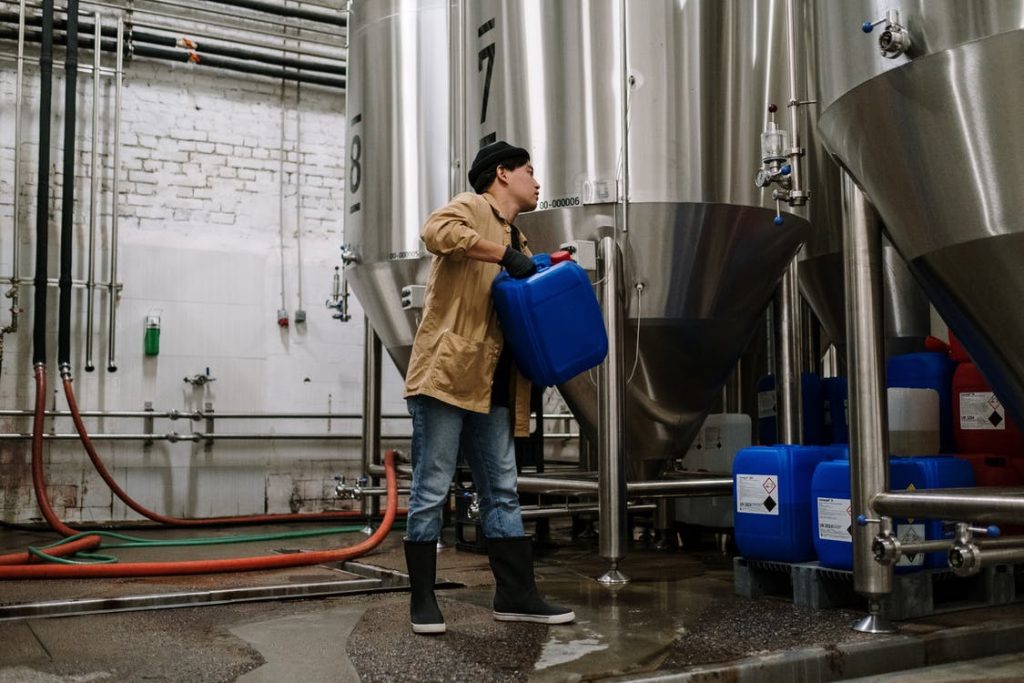
Source: pexels.com
We’ve already discussed the importance of types of hydrocarbons, and we even talked a little bit about them. Now, we want to discuss them in, let’s say, full capacity. The first type we want to talk about is light hydrocarbons. They are produced with the first rise of temperature in the distillation column.
Medium hydrocarbons are produced after the temperature reaches 29 degrees Celsius, and it continues until it reaches 85 degrees. The process is somewhat different from the production of the light ones since it requires the addition of a couple of chemicals to enhance the process, and add some important characteristics.
The final type is known as heavy hydrocarbons. It is possible to get them at a temperature that goes between 176 and 232 degrees. It needs to be said that there are numerous other products like heavy gas oil, residual fuel oil, and diesel. They are all produced during the creation of heavy hydrocarbons.
4. Conversion
The most important phase in refining is called a conversion. Since every product that’s made has its recipe, this conversion is the procedure that combines these ingredients and makes them come together completely. The reason why this process is important since these ingredients are on a microscopic level.
After the conversion process is done, the derivatives are completely done and they’re ready for transportation.
Certain derivatives require some other additions, but these are made after the conversion process. Still, we believe that covering all these processes would take too much time now.
The procedure goes like this, the molecules that remain too heavy are lightened up, and each particle enters a reactor chamber. Inside this chamber, these molecules undergo a procedure that makes them fit with other ingredients.
5. The Transportation
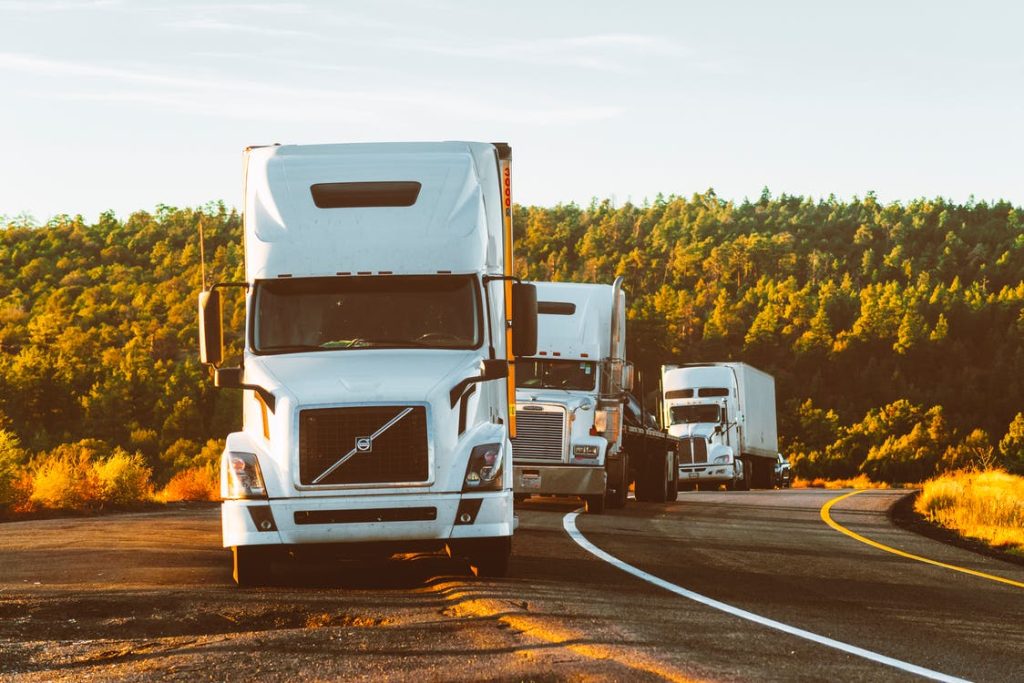
Source: pexels.com
After the gasoline is produced, the next logical step is to conduct transportation to all the places where it is needed.
Before the transportation, these are stored in appropriate tanks. The transportation itself is done through a wide array of different ways, like barges, pipelines, and ships.
According to experts in this field, pipelines are the most efficient and safest ways of transportation. These pipelines are used for sending batches of these products, without them having any sort of contact in the process. For that reason, it is not possible to expect any problems. Plus, it is a cheaper way of transpiration. Therefore, the consumers can have a chance to save money on fuel.
When these have a contact that is not under full control, it cannot lead only to the decrease of the product’s quality, but they can also lead to environmental problems. However, that doesn’t mean other types of transportation are not widely used, especially when using pipelines is not possible in some cases.
The Bottom Line
The gasoline manufacturing process is a complex one. However, the basic steps can be understood relatively easily.
In this article of ours, we’ve disclosed all the tips that can help you understand this procedure completely. We’re certain you will find this insight both informative and educational at the same time.

